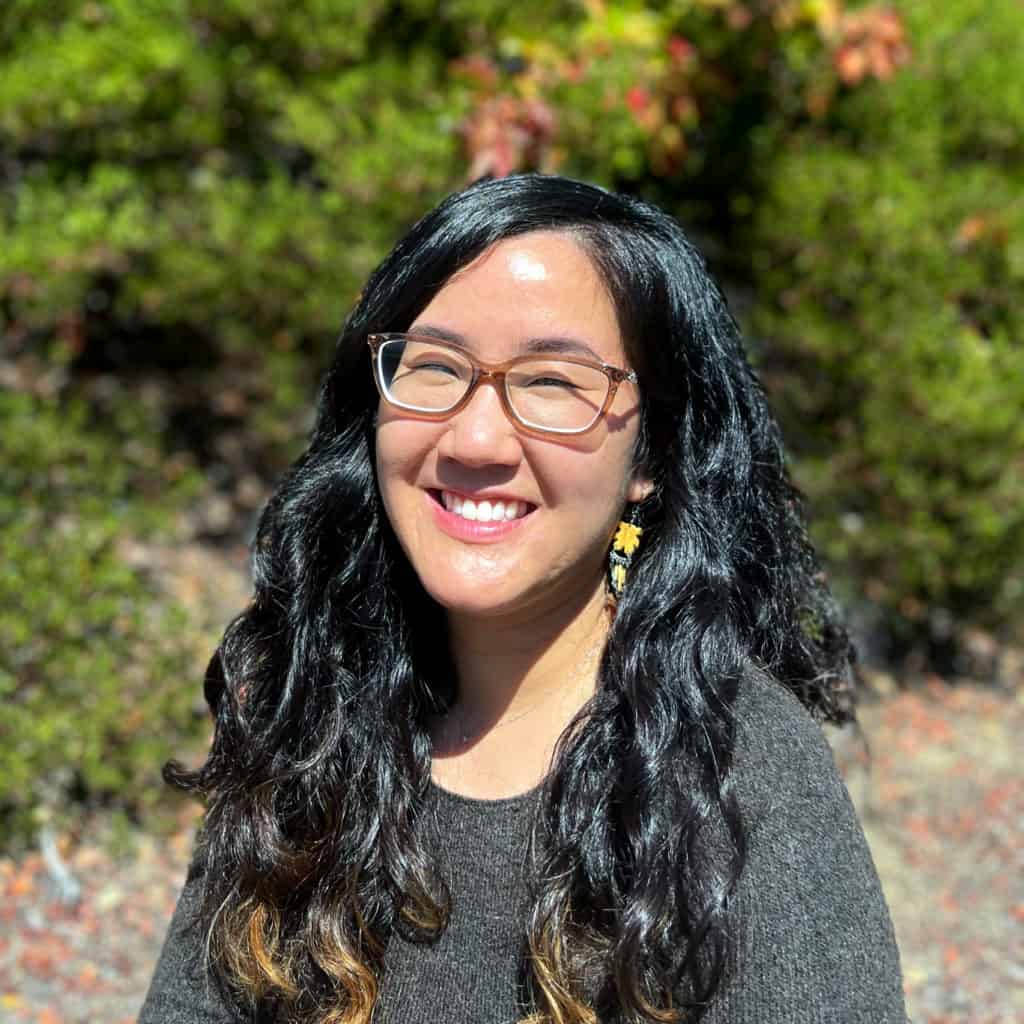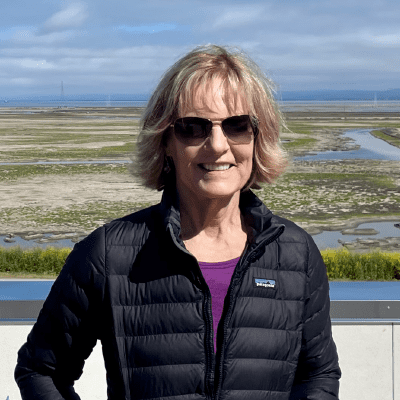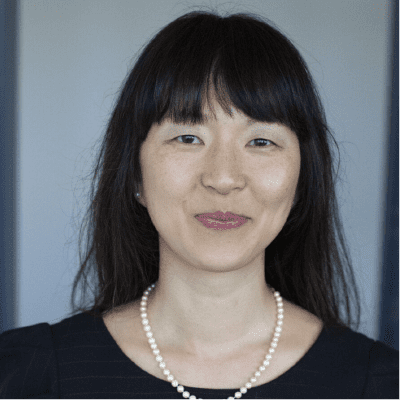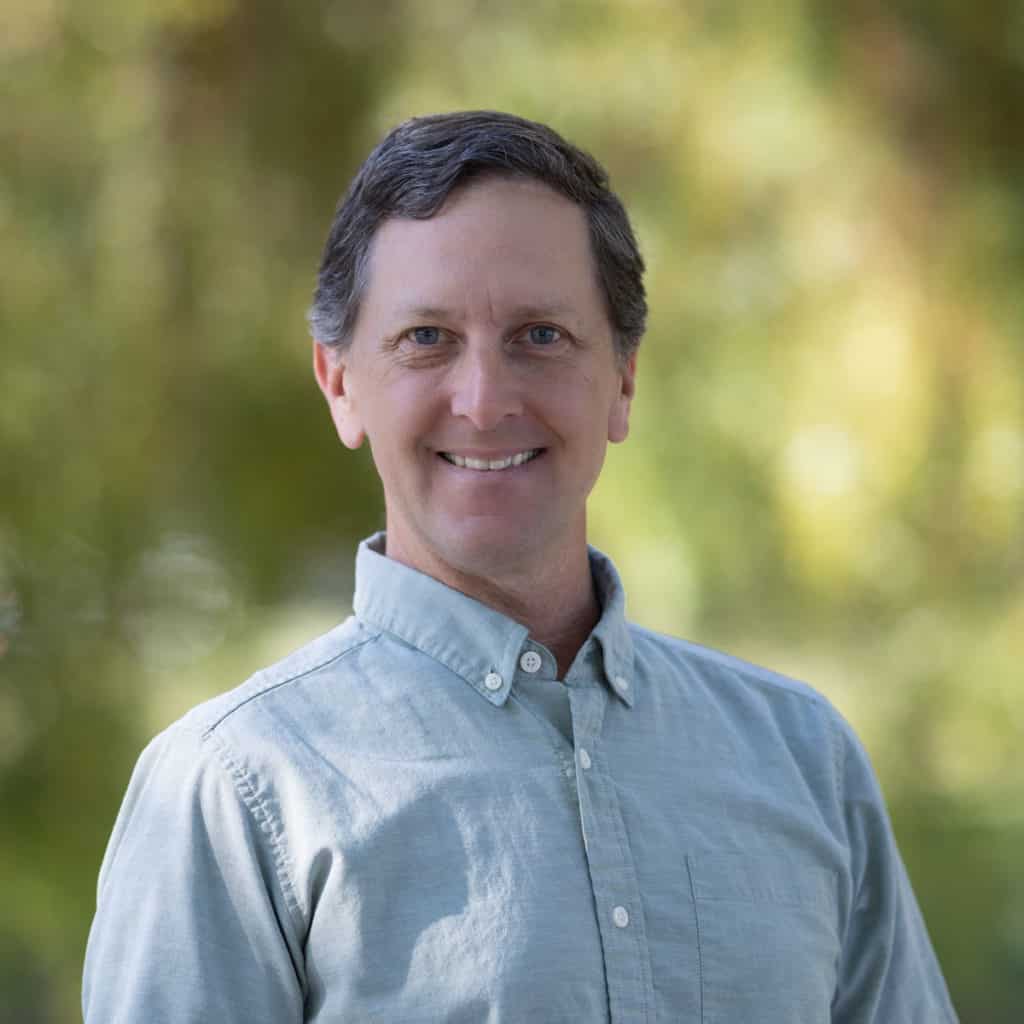On December 5th, Save The Bay and Greenaction hosted a panel discussion moderated by KQED reporter Ezra David Romero, whose climate reporting helped bring this issue to public attention. He was joined by Dr. Kristina Hill from UC Berkeley, leading scholar on the issue and author of key research helping the Bay Area to plan and prepare. We also heard from Kamillah Ealom, Greenaction Program Coordinator and Bayview Hunter’s Point community member, as well as Terrie Green, Executive Director of the Marin City Climate Resilience and Health Justice program, who shared how their communities are being impacted by climate change and how they are organizing to respond.
While scientists have known about sea level rise as a consequence of climate change for decades, newer science and community concerns have highlighted a related threat: groundwater rise. As sea level rises, shallow groundwater will be pushed to the surface causing more widespread flooding. This will impact infrastructure, homes, and communities in ways that we are just beginning to understand. Thousands of toxic sites that currently border the San Francisco Bay are also at risk of inundation by groundwater and sea level, which could put thousands of residents at risk, especially low-income communities and communities of color.
Q&A
- Regarding the Richmond site, the developer has indicated it is undertaking to neutralize the toxicity in the ground. Are you aware of this, and if so, in your opinion will these efforts mitigate the problems of toxic spread by ground water rise in the impacted areas of Richmond?
Dr. Kristina Hill: The Department of Toxic Substances Control (DTSC) is working with the developer to try to treat the volatile organic chemicals from the site. I hope that will work. Metals will probably still be left in those soils as groundwater rises. And the biggest issue to me is that once the housing is there, the site can’t be completely cleaned up unless the houses are removed. The residual contaminants will be there while groundwater rises, and it will be very tough to impossible to address complex flow patterns of contaminants – from that site and surrounding sites adjacent to it – as change occurs in the environment.
- What impact will SB 272 have in compelling local governments to create plans for sea level rise?
Save The Bay: This Bay Story has a little more information about that.
Erza David Romero: KQED also has a story on SB 272 on what it does and doesn’t do.
- Are there studies measuring cancer/disease rates in areas impacted by toxic ground water?
Save The Bay: This document has helpful information. Bayview-Hunter’s Point residents have undergone significant testing for example that shows their exposure to radioactive materials there.
Dr. Kristina Hill: I don’t think there are studies of people’s health in areas with toxic groundwater yet – but there are studies of fish and crab health that document the toxicity that is present here on the Bay edge (Richmond specifically).
- From your response, Dr. Hill, it sounds like the emphasis now should be on rapid cleanup of existing contamination and delaying (or preventing?) development along the Bay margin. Is this generally your recommendation?
Dr. Kristina Hill: I think we should study these sites, prioritize them, take measurements in sewer lines to check for contamination that can enter buildings, and stop building on the MOST dangerous sites. Building can allow soil to be excavated, so it can go hand in hand with cleanup.
- How can we educate local city leaders and planning departments that allowing building on the bays waterfront is going to have major associated expenses? Like, are there specific projected costs for cities around the Bay affected by sea level rise and groundwater rise? Are there defined remedies and associated costs so that they perform cost benefit analysis of allowing bayfront building?
Save The Bay: Yes, there is a cost estimate. Construction within 100 ft of the shoreline must be approved by the Bay Conservation and Development Commission to help prevent the impacts of sea level rise.
Dr. Kristina Hill: It’s hard to answer briefly about such a complicated subject. But I think we can build more housing near the Bay – just not on highly contaminated soils. I know we can learn from the Dutch about how to dig artificial ponds and float mixed-use districts on the groundwater. When we dig, we can remove legacy contaminants and sequester or treat them. So building can be hand in hand with cleanup. It brings private sector money to the sites and that’s often needed for full cleanup.
- Dr. Hill, your thoughts about the OneShoreline proposed seawall Millbrae-Burlingame. Will it worsen groundwater rise in the area?
Dr. Kristina Hill: It really needs a modeling study using process-based models like MODFLOW, which the USGS uses. I can’t say for sure, but my guess would be yes – a wall will probably make groundwater flooding worse. Pumping will increase salinity-related problems.
- Do you see this also with a living levee installed?
Dr. Kristina Hill: It’s likely that even a living levee will cause some changes in groundwater level on the land side. We need to be ready for that. It may just be a few inches of rise – but that could affect contaminated sites. It’s a game of inches there.
- I understand there is a pump being installed in Marin City next year. Sounds like this may not be the best solution.
Dr. Kristina Hill: Marin City needs a pump to deal with serious existing flooding. Ideally it will be shallow – and pump water away from their pond and out to the Bay. That’s an emergency situation.
- Have the radioactive sediments from activities at Hunters Point and Treasure Island been mapped as they have migrated throughout the Bay?
Save The Bay: Baykeeper has mapped contaminated sites around the Bay (including the two you named) with their relative risk of flooding due to sea level rise.
- Are the water testing reports from Marin City available to the public?
Save The Bay: Here is more information about the water testing reports.
Resources from Moderator & Panelists
- Greenaction Action Alert: Tell the California Department of Toxic Substances Control to Protect Our Communities from Toxic Waste & Sea Level and Groundwater Rise
- Ezra David Romero, KQED: More Than 5,000 Toxic Sites Along SF Bay Threatened by Rising Groundwater, New Study Finds
- Dr. Kristina Hill: Rising Coastal Groundwater as a Result of Sea-Level Rise Will Influence Contaminated Coastal Sites and Underground Infrastructure
- Richmond Shoreline Alliance
Support the ongoing work to address sea level rise and groundwater rise resilience by donating to Greenaction and Save The Bay. Read more KQED articles on climate change in the Bay Area by Ezra David Romero.
Climate Conversations is a series of events bringing together climate leaders from throughout the region. Across this series, we will delve into the challenges facing the Bay Area, and the solutions we can implement to ensure our region is resilient to sea level rise and climate change.
Watch the first webinar on Flood Resilience in our Communities and second webinar on Greening our Cities.

















































